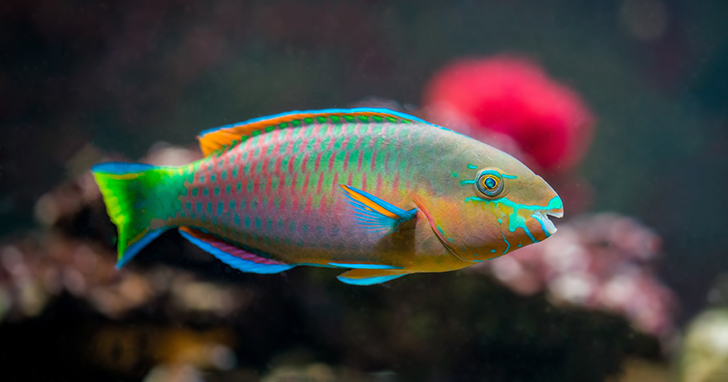
Basic Water Chemistry Part 2: The pH Scale & Your AquariumMany beginning aquarium owners dread learning about water chemistry. But just by knowing the basics, you can improve your success in rearing healthy fish. Since water quality has a direct impact on the health of your fish, it's important for aquarium owners to understand basic water chemistry in order to adjust it correctly and safely. Aquarium owners who learn the basics of water chemistry find it much easier to maintain a healthy and safe environment for aquarium fish. What does pH measure?
Many aquarists have heard of pH, but most do not understand the importance of maintaining stable pH levels in their aquarium. The pH measurement you get when testing shows the level of acidity or alkalinity in water, recorded in a range from 1 to 14. A level of 7 is considered neutral, the point at which water is neither acidic nor alkaline. As the numbers decrease from 7, the water’s acidity is increasing. As the pH range increases from 7, alkalinity is increasing. One particularly important thing to know about the pH scale is that it is logarithmic. For example, a pH level of 5 is 10 times more acidic than a pH of 6, and a pH of 4 is 100 times more acidic than a pH of 6. Can fish with different pH level requirements share the same tank?
If your fish thrives in a pH of 7 but the water in your aquarium measures 8, your water is 10 times more alkaline than what it should be. If the pH is 9, then your fish are living in water 100 times more alkaline than recommended for optimal health. Knowing this, it is easy to see why even a slight change in required pH can be stressful - and potentially fatal - for your fish. Expecting a fish that requires a pH of 8 to share the same water with a fish that requires a pH of 6 is not sensible because one or both will always be under a great deal of stress. These examples emphasize the importance of matching your fish closely to the expected pH level of your water and then closely monitoring the pH. How can I change pH levels?
There are several different ways to influence your water's pH. There are chemical additives you can add directly to the water which will either raise or lower the pH. Natural agents can also be used to alter water pH as well. Adding peat in the tank or filter will acidify the water. Mineral salts like calcium (found in limestone or in some shells) will increase the alkalinity and pH. Any time you attempt to change pH levels in your aquarium, remember that fish are extremely sensitive to pH changes and if it's done too rapidly, it can cause extreme stress or even death. Fish should not be exposed to a change in pH greater than 0.3 in a 24-hour period. Remember that in order to correctly adjust the pH levels in your aquarium, you first have to optimize the amount of dissolved solids in the water, as described in Part 1. Related Articles
|
|
|


